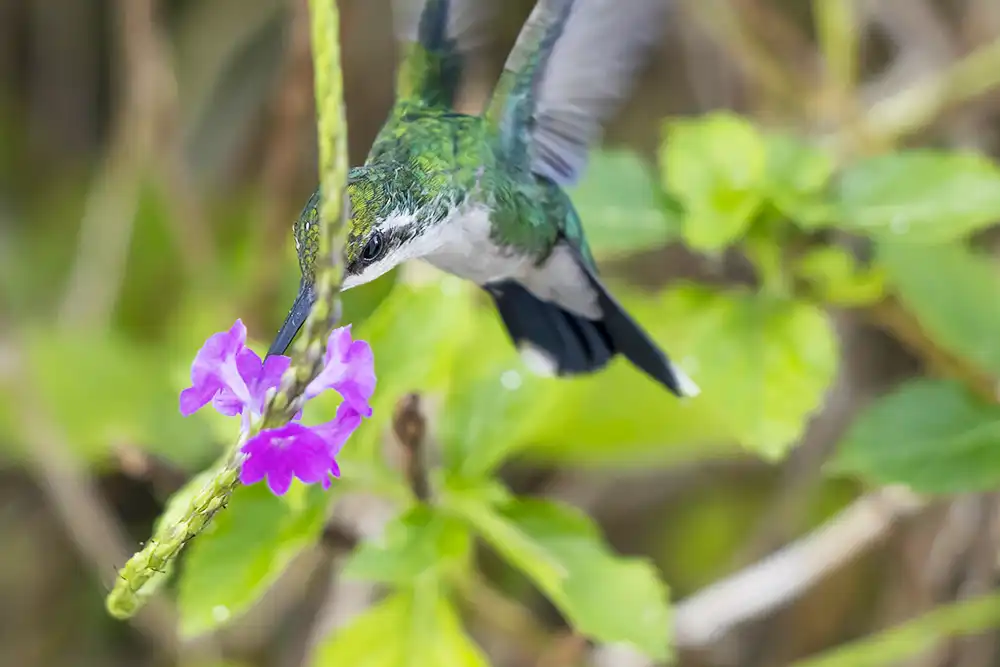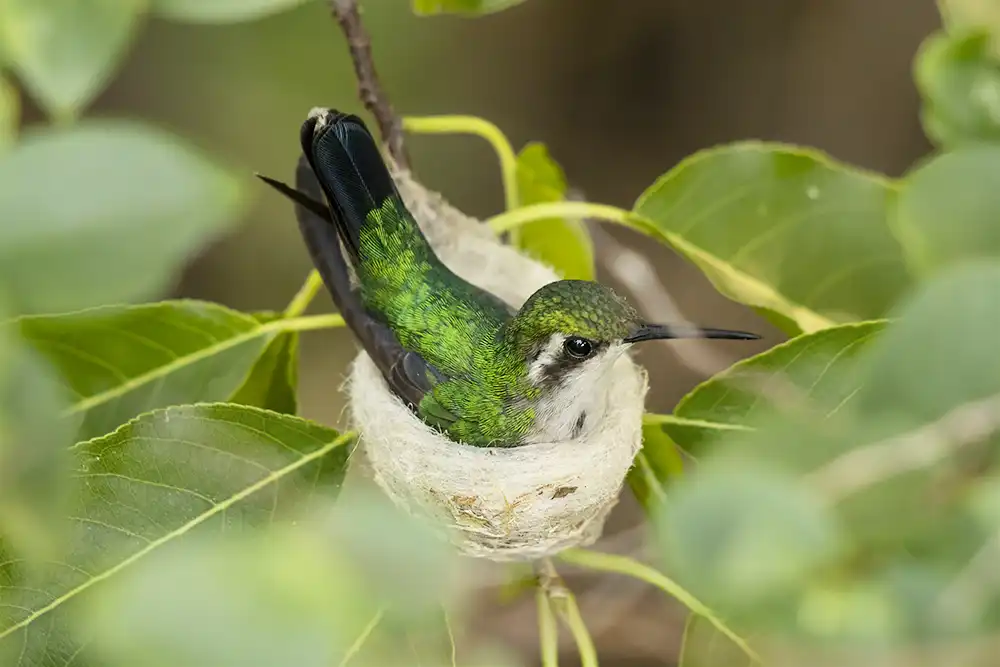It’s no secret that Bonaire is a paradise for nature enthusiasts. This sun-drenched island is known for its flamingos, stunning landscapes, and rich underwater world. But there’s yet another gem that brings color to our tropical island: Bonaire’s hummingbirds. Admire these remarkable little birds in our photo blog.
Sharing Island Love
Thank you for your interest in our beautiful island in the Caribbean! We love sharing our passion for Bonaire with everyone — locals, visitors, and of course, with our guests during Our tours. Curious how we do that? You can find all the details in Sharing Island Love.
With Island Love,![]()
Would you like to see the hummingbirds in action during your vacation in Bonaire? Your guide will be happy to point them out to you during one of our island tours or our customized Birdwatching Tour.
Onderwerpen
Text continues below…


Hummingbirds
Hummingbirds are primarily found in North and South America. These often very small birds are known for their vibrant colors and are therefore a visual delight. Their aerial acrobatics are also fascinating. In the air, they can hover perfectly still and even fly backward. Their wings make a humming sound, flapping up to eighty times per second! There are over three hundred different species of hummingbirds. You can admire two of them on Bonaire.

Two Colors
The smaller of the two hummingbirds on Bonaire is the blue-tailed emerald (Chlorostilbon mellisugus). As the name suggests, this hummingbird is emerald green with a blue tail. The females and juveniles have a gray belly. In direct sunlight, the green feathers can beautifully illuminate. That’s fantastic to see!

The other species of hummingbird found on Bonaire is somewhat larger. It’s the ruby-topaz hummingbird (Chrysolampis mosquitus). These hummingbirds can also play with sunlight. Their crest can suddenly light up in a bright red, and their chest in a vibrant yellow.

Flowers
Hummingbirds love flowers. With rapid wingbeats, they hum from bloom to bloom, each time plunging their elongated beak into the flower’s calyx. There, they use their long tongue to lap up the sweet nectar.

Due to their intensive way of flying, hummingbirds consume an incredible amount of energy. They obtain this energy from the sugars in the nectar. Sugar is quickly and easily digestible, making it the ideal fuel. Hummingbirds eat multiple times their body weight in food each day. In addition to nectar, they also eat tiny spiders and insects.

Reproduction
During the mating season, it’s the male blue-tailed emerald hummingbird’s job to catch the female’s attention. He does this with spectacular aerial displays. The female constructs the nest on her own. She weaves a small cup of plant fibers on a branch and reinforces the structure with spider silk. She typically hatches two eggs. The young are cared for until they are ready to fledge.


The ruby-topaz hummingbirds are equally determined in their breeding behavior. Males sometimes engage in intense territorial battles for a mate. They woo the female with sweetness. The female builds a similar nest and incubates the eggs, while the male guards the vicinity.

Text continues below…

Admiring Hummingbirds
In Bonaire’s flower-filled gardens, you have the best chance of encountering hummingbirds, although it takes some focus and patience. Because they are so small, these birds are easily overlooked. By calmly approaching the birds, you can observe them from a few meters away.

Hummingbirds are also found outside the gardens of Bonaire. There, they are generally a bit more challenging to locate and somewhat more wary of humans. Flowering agaves and melon cacti are true hummingbird magnets. Do you want to maximize your chances of seeing a hummingbird? Book a customized birdwatching tour with us!


On a Photography Tour with HopiBonaire
If you’re having trouble spotting a hummingbird or would like tips on photographing these beautiful birds, HopiBonaire is more than happy to assist you in getting one in front of your lens during a photography tour tailored for you.

For all your other photography needs, you’ve come to the right place with us too! At HopiBonaire, we tailor every photography tour to your preferences. After all, every photographer has unique tastes. Our approach is always relaxed because we understand that haste is not desirable during photography. Capturing beautiful photos takes time and patience. Book a photography tour and discover Bonaire through the lens of your camera!
Text continues below…

Not a photographer? Feel free to explore our extensive selection of our other tours.
Read more?












